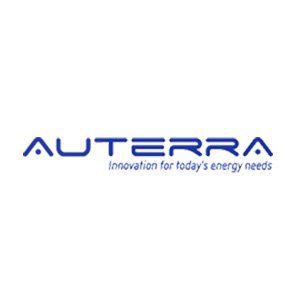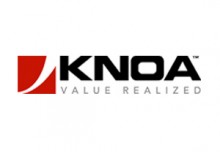American Fuel & Petrochemical Manufacturers – 111th Annual Meeting – March 19, 2013
The Crude Oil Supply track on Tuesday morning will feature several presentations addressing the changing crude oil supply situation. Eric Burnett, CEO of Auterra, Inc., will present a review of FlexDS, a recently patented oxidation process ideally suited for upgrading heavy, sour oils, distillatesand bitumen. This technology offers a solution for the impending environmental regulatory paradox. Specifically, the paradox created by the convergence of processing heavier, more sulfur-rich oils while complying to increasingly more stringent sulfur and carbon emission regulations. At the core of Auterra’s FlexDS process are two new chemical reactions that provide highly selective oxidation of heteroatom moieties and the subsequent removal of reaction byproducts from the hydrocarbon streams. This low-temperature and low pressure process reduces sulfur, nitrogen, metals and naphthenic acids via oxidation reactions. Through a chemical cleaving step, it also increases API and liquid hydrocarbon yield.
The process.
FlexDS uses standard process equipment to support two chemical reactions; two recycle loops and a final wash process. FlexDS’ elegant chemistry enables the efficient and selective chemical upgrading of heteroatom-rich hydrocarbon streams. Efficient recycle loops make the process economically attractive compared with hydrogen-based alternatives. Low-process temperatures and pressures keep energy consumption well below traditional hydrogenbased treatment technologies. Using mild processing conditions, Auterra’s oxidation process has low capital cost. In its simplest configuration, Flex DS is comprised of seven major unit operations. For more challenging oil streams, such as bitumen, this configuration can increase to a maximum of 10 major unit operations. The difference in configurations occurs in the front-end of the process where specific units are used to make the heteroatoms more accessible for the oxidation reactions. Present development work has focused on bitumen where over 40% of the sulfur and nitrogen and 60% of the metals are removed, and all naphthenic acids are, likewise, removed. Optimization of the process is contuing based on field testing. Auterra believes it can achieve API 20 with a processing cost of approximately $12/bbl. If WTI is $95/bbl and a diluent loading of 30% is eliminated, FlexDS can deliver a net economic benefit of approximately $16/bbl to $20/bbl depending on pricing benefits to eliminate. In addition to the process and economic optimization targeting API 20 in upgraded bitumen, the process is being tested on asphaltenes. Preliminary results on this feed delivered nearly 40% liquid yield using a feed that is otherwise considered a low-cost fuel. Additional testing and development is planned for 2013 on this feedstock. Auterra has been developing the clean-energy technology for the past three years, and will have over 15 US patents filed to cover the chemistryand process by mid-2013. At present, the company holds six US patents with nine more in process. Internationally, Auterra has filed over 50 patents on the oxydesulfurization process technology.According to Auterra’s chief technology officer, oxidative desulfurization is an attractive alternative to hydrodesulfurization technology due to its lower energy requirement for the removal of refractory sulfur species, such as dibenzothiophene, from heavier petroleum streams Auterra has a Calgary-based strategic partner involved with the final development stages and the upcoming field tests using Canadian bitumen. The FlexDS process will be field tested in Alberta in the coming year. Process economics and performance as an upgrading technology may well make this technology a game changer for the bitumen and heavy-oil industry.More information can be found at www.AuterraInc.com.•




